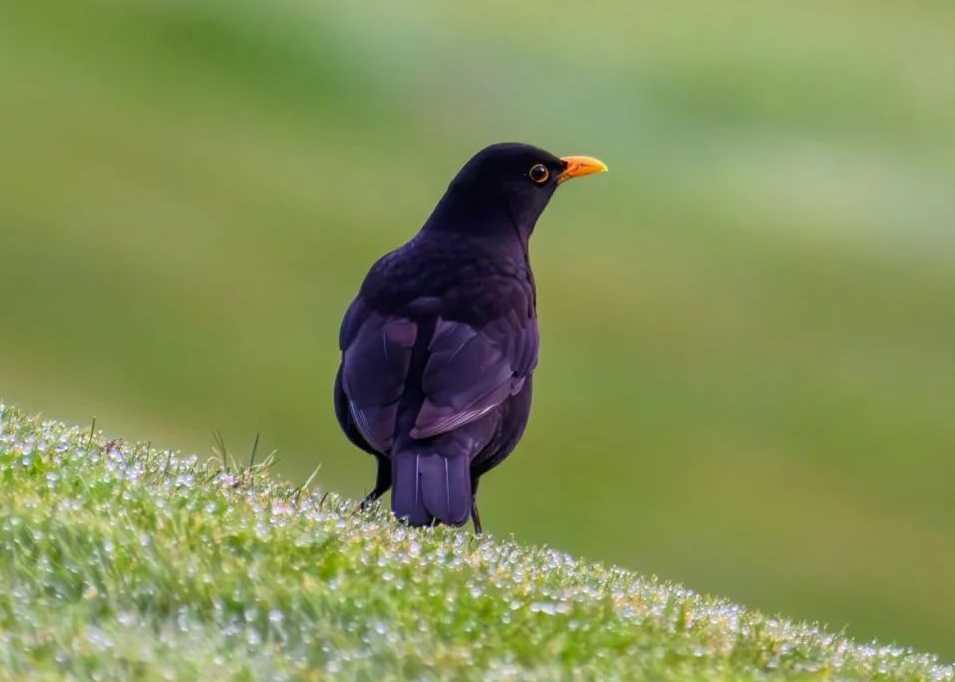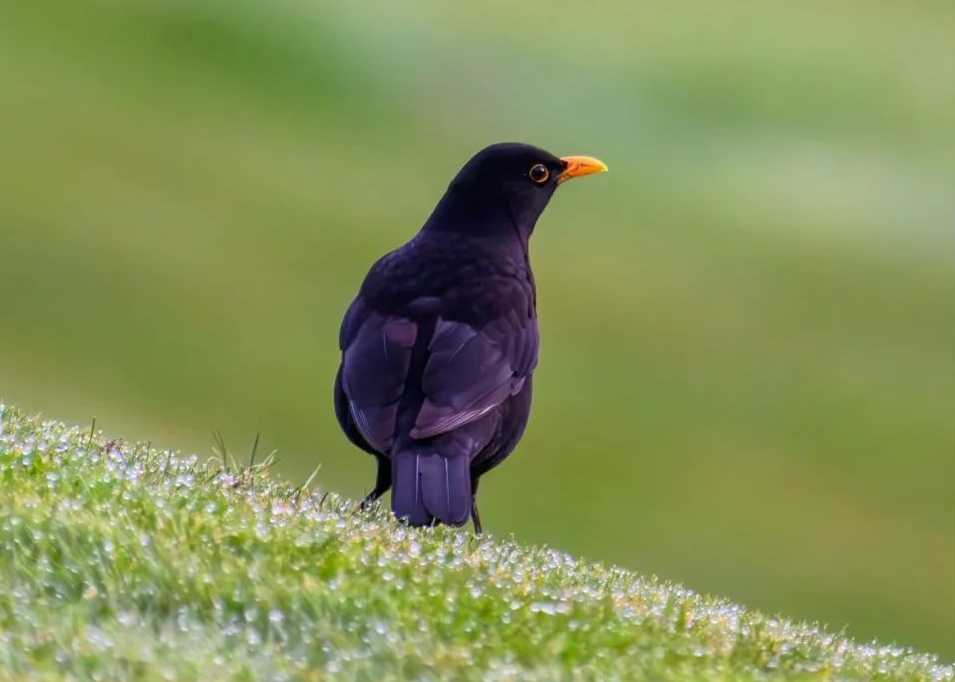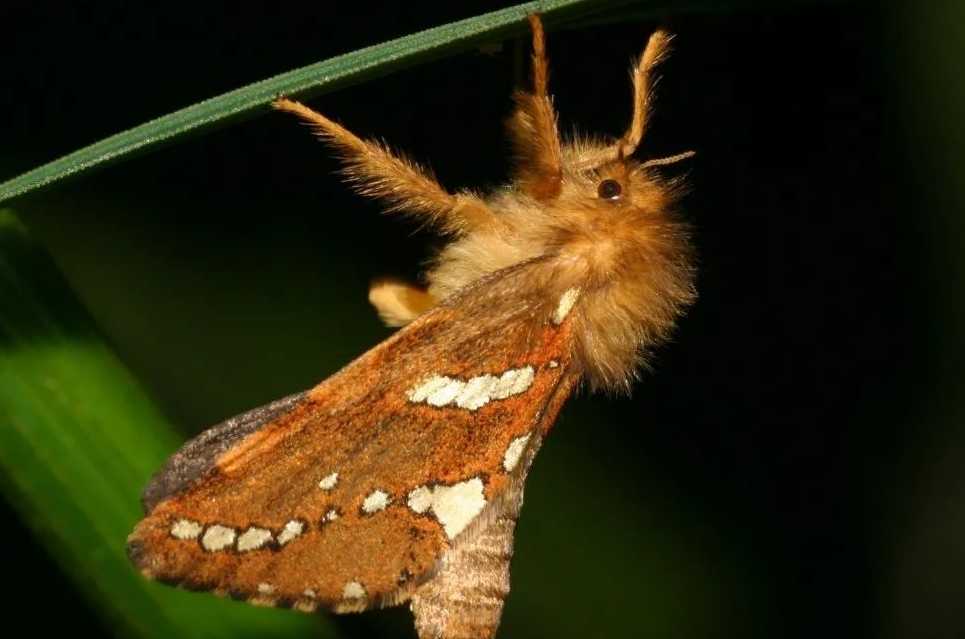The Eurasian Blackbird: A Melodious Icon of European Landscapes
The Eurasian Blackbird (Turdus merula), a common yet captivating songbird, graces gardens, woodlands, and urban parks across Europe, Asia, and parts of North Africa. Renowned for its rich, melodious song and distinctive appearance, this species has long captured the imagination of birdwatchers and nature enthusiasts.
Adult male Eurasian Blackbirds are striking, with glossy black plumage and a bright yellow eye ring and beak, creating a sharp contrast that makes them easily recognizable. Females, in contrast, have a more subdued appearance, sporting brownish plumage with darker streaks and a paler beak. Measuring around 23–29 centimeters in length, these medium-sized birds have robust bodies and strong legs, well-adapted for foraging on the ground. Their diet is varied, consisting of insects, worms, berries, and fruits, which they find by probing the soil or plucking from low-lying vegetation. Their keen eyesight and quick reflexes help them spot food and evade predators like cats and birds of prey.
The Eurasian Blackbird's enchanting song is one of its most celebrated traits. Males sing complex, flute-like melodies from high perches, often at dawn and dusk, to establish territory and attract mates. Each bird has a unique repertoire, and their songs can carry over long distances, filling the air with a symphony of nature. During the breeding season, females build cup-shaped nests in dense shrubs or trees, where they lay and incubate a clutch of blue-green eggs speckled with brown.
While widespread, the Eurasian Blackbird faces challenges such as habitat loss due to urban development and changes in agricultural practices. Pesticide use also threatens their food sources and overall health. Conservation initiatives focus on preserving green spaces and promoting sustainable land management to ensure the survival of this iconic species. As a familiar presence in both rural and urban environments, the Eurasian Blackbird not only adds beauty and music to landscapes but also serves as an important indicator of ecosystem health.








